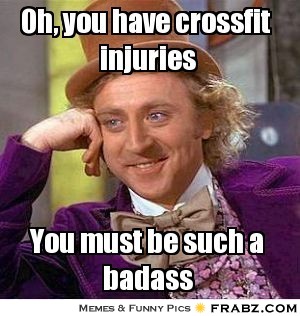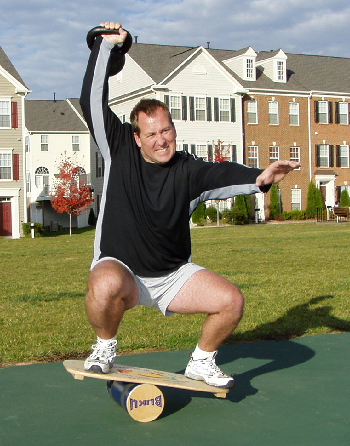We are fast approaching overpopulation within the fitness industry. It feels like a new exercise program is born each day. It’s no wonder there’s so much confusion surrounding what type of exercise you should do, we have more diversity in the fitness industry than we have throughout the U.S.!
Trouble is, unlike people, not all exercise is created equal. Some exercise is simply ineffective, inefficient, and a flat out waste of time. I know people like to believe that some exercise is better than none but the purpose of exercise is to make an improvement, slow down, or maintain your physical condition. Aside from the “feel good” or psychological side effects much of the activity people engage in on a daily basis would not constitute effective exercise. Activity…yes. Exercise…not so much.
As an example, take a look around your gym. Actually…just look at the “cardio” section. You are certain to find at least a handful of individuals who have been doing nothing but their 30-60 minutes of walking, biking, climbing, or ellipiticalling (yes, I made that word up) each day for years. It is also likely that these individuals have not improved their fitness or body composition in years and depending upon their age they may have even regressed to some degree as a result of muscle loss and joint damage.
Even those forms of exercise that have shown to have a positive effect on physical performance, such as CrossFit, bear the harsh reality that you are likely to experience a significant injury at some point due to the high impact nature of the workouts and obliviousness to proper form. Sorry CrossFitters, it’s true. Just check out the CrossFit message board and note that there are more threads regarding injuries (4,633) than their Workout of the Day (3,245).
Which brings us to the most important question you can ask yourself about your exercise of choice. What is its risk/reward ratio? In other words, relative to the result you are seeking, your time line for achieving it, what you need to do realistically to achieve it, and the long term effect of how you achieve it, what are you willing to risk in order to reap the reward? Some forms of exercise come with a greater likelihood of acute and/or chronic injury compared to others (i.e., torn muscles and tendons, sprains, breaks, dislocation, tendonitis, bursitis, degenerative discs, subluxation, etc.) as well as require more time investment.
Your choice of exercise goes beyond the risk/reward ratio. As alluded to above in the “cardio” example some forms of exercise simply produce better results than others. There is a reason why more and more health professionals from cardiologists to chiropractors to primary care physicians have crowned resistance training as the number one form of exercise (something us bodybuilders have known since first picking up a weight). That reason being, resistance training has a bigger impact on all areas of fitness—including cardiovascular conditioning—than any other type of exercise.
Taking it a step further, the way resistance training is performed will also influence its effectiveness, safety and time requirement. We could spend days discussing and comparing different training methods and protocols, separating the good from the bad to the downright ugly. Primarily, the comparisons will revolve around training intensity, volume, frequency, speed of movement, impact forces on the body, risk of injury, equipment selection, and time requirements. There is much to consider when choosing your exercise, so choose wisely.



